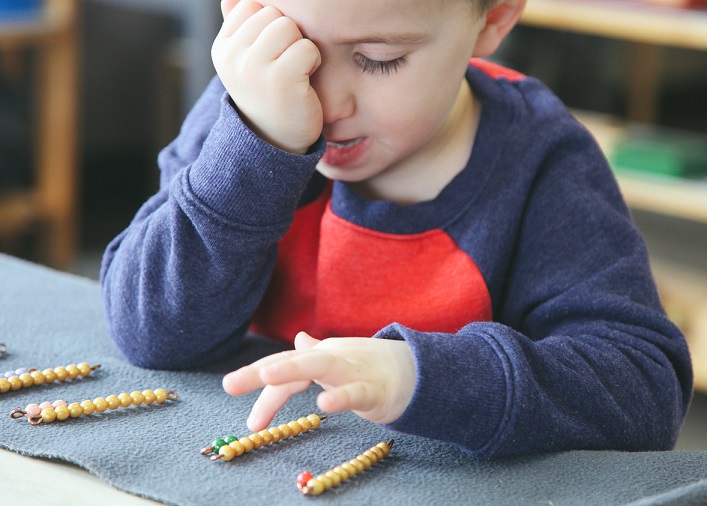By Carolyn Bohm —Rātā Teacher
We have all been scarred by childhood experiences; whether an academic subject we struggled with, constantly felt stupid for when called upon in class, and still struggle with today, or something athletic, artistic, or social that left us feeling inadequate.
Some we managed to overcome and are stronger for, but others still haunt and impact us today. Therefore, it’s only natural we would want to protect those we care about, especially children, from the same experiences.
While this is a justified and healthy response, it can, if taken too far, deprive children of the valuable experience of struggling, problem solving, making mistakes and self-correcting
It is a delicate balance for us to walk, protecting them from real harm, but also letting them make mistakes in a safe setting so they can learn the evaluating skills they will need as adults when mistakes might have higher consequences.
This juggling act appears all the time in the classroom.
While watching a child do a bead frame multiplication problem I noticed him start to move on without finishing the process of exchanging and I had to bite my lip to keep from pointing out the error. I so wanted to tell him and spare him the frustration of doing the whole problem over again. However, as I waited, I saw his eyes go from the bar he was still working on, to the bar he should exchange on, and back again . . . . and then he slid over the bead he almost forgot to exchange. When he did, I couldn’t fight down a smile of victory — of his victory. For if I had taken away from him his right to make that mistake, I also would have taken away his chance for the victory to be his.
It’s a constant mental weighing of “how wrong could this go?” So wrong I need to stop it (falling from a dangerous height or redoing the problem enough times to cause damaging frustration)? Or just wrong enough to be inconvenient?
I find myself flinching internally as I watch a child walk across the room with one more box than is practical, balanced in her arms and then have to watch her pick it up when it topples over and makes a mess all over the floor. But she is far more likely to re-evaluate how many she can carry next time after cleaning up this miscalculation, than if I’d intervened and stopped her.
No one wants to watch someone suffer the slings and arrows of life unnecessarily, but it is important to give our children a safe environment to make mistakes, learn from them, and experience the victory of overcoming the obstacle.
It’s a constant challenge and we too will make mistakes – jumping in too early, not jumping in soon enough – but that’s okay, because when we do, we model how to learn from our mistakes.
